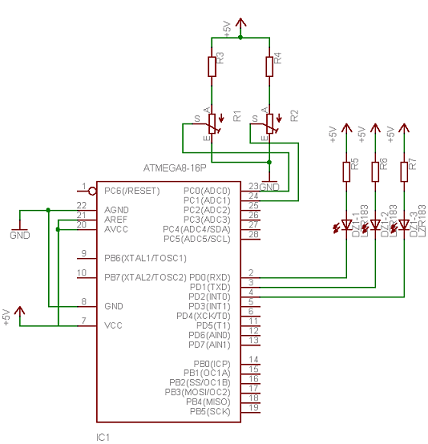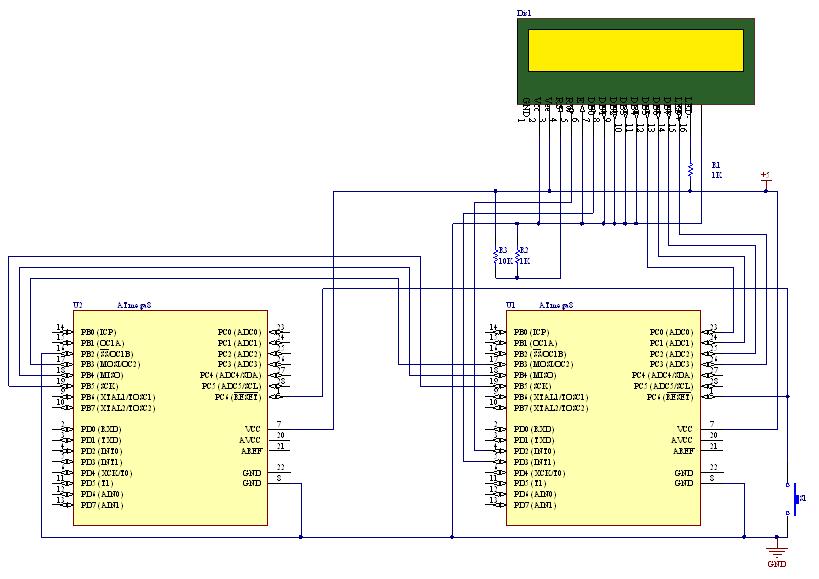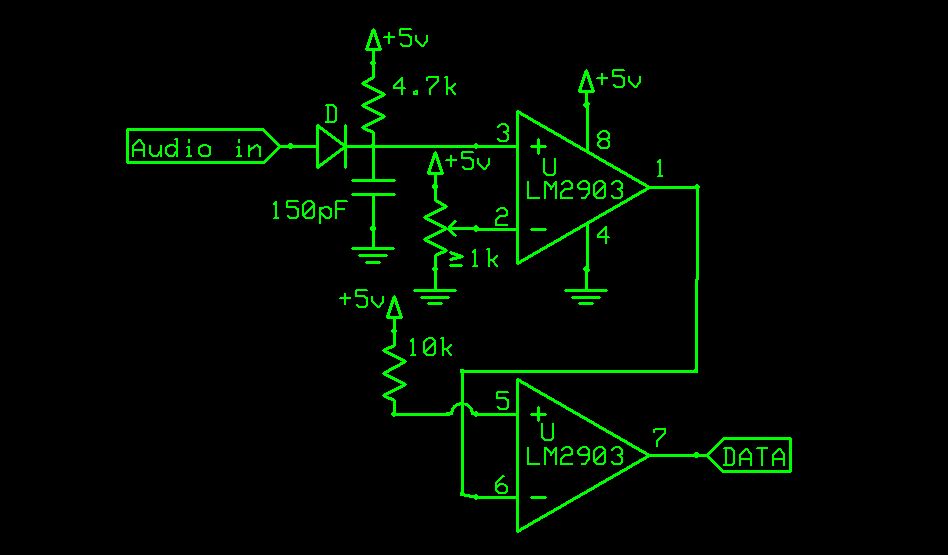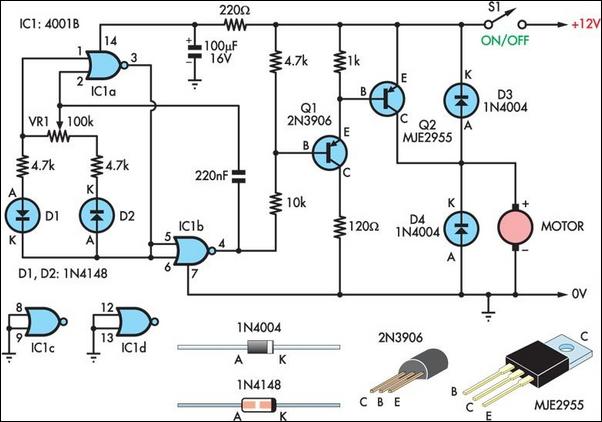
Bang-Bang Controllers
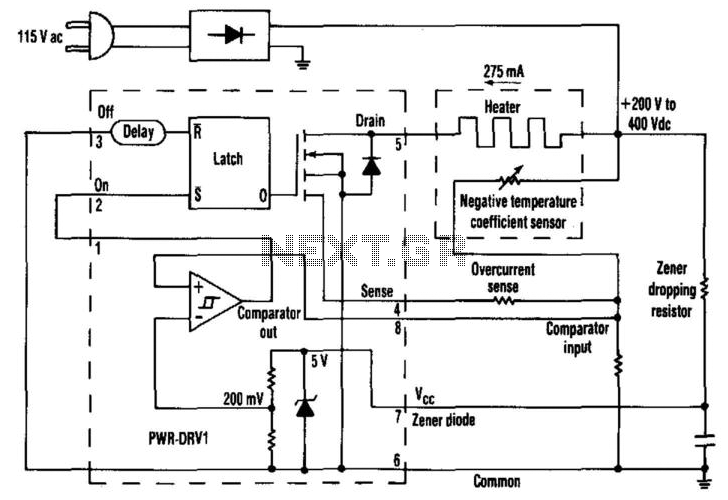
The PWR-DRV1 from Power Integrations is a single chip that creates a "bang-bang" controller capable of switching 275 mA and operates from the rectified 115-Vac mains. An on-chip zener diode provides power to the chip from high voltage via a dropping resistor.
The PWR-DRV1 is designed for efficient power management in applications requiring a simple yet effective control mechanism. The "bang-bang" control method utilized by this chip allows for rapid switching, which is particularly advantageous in systems where precise control of power delivery is necessary. The chip's ability to switch 275 mA makes it suitable for various low to moderate power applications.
In practical implementation, the PWR-DRV1 operates by first rectifying the 115-Vac mains voltage, which is then used to power the chip. The on-chip zener diode plays a crucial role by regulating the voltage supplied to the chip, ensuring that it operates within its specified parameters. This is achieved through a dropping resistor that limits the current flowing through the zener diode, thereby protecting the chip from overvoltage conditions.
The integration of these components into a single chip simplifies the design process, reducing the number of external components required and minimizing the overall size of the circuit. This results in a more compact and efficient design, which is particularly beneficial in space-constrained applications.
The PWR-DRV1 is ideal for applications such as LED drivers, motor control, and other electronic devices where reliable switching and power management are essential. Its robust design and capability to handle high voltage make it a versatile choice for engineers looking to implement efficient power solutions in their designs. Just one chip, the PWR-DRV1 from Power Integrations, builds a "bang-bang" controller that switches 275 mA and runs of f the rectified 115-Vac mains. An on-chip zener diode powers the chip from high voltage through a dropping resistor. 🔗 External reference
The PWR-DRV1 is designed for efficient power management in applications requiring a simple yet effective control mechanism. The "bang-bang" control method utilized by this chip allows for rapid switching, which is particularly advantageous in systems where precise control of power delivery is necessary. The chip's ability to switch 275 mA makes it suitable for various low to moderate power applications.
In practical implementation, the PWR-DRV1 operates by first rectifying the 115-Vac mains voltage, which is then used to power the chip. The on-chip zener diode plays a crucial role by regulating the voltage supplied to the chip, ensuring that it operates within its specified parameters. This is achieved through a dropping resistor that limits the current flowing through the zener diode, thereby protecting the chip from overvoltage conditions.
The integration of these components into a single chip simplifies the design process, reducing the number of external components required and minimizing the overall size of the circuit. This results in a more compact and efficient design, which is particularly beneficial in space-constrained applications.
The PWR-DRV1 is ideal for applications such as LED drivers, motor control, and other electronic devices where reliable switching and power management are essential. Its robust design and capability to handle high voltage make it a versatile choice for engineers looking to implement efficient power solutions in their designs. Just one chip, the PWR-DRV1 from Power Integrations, builds a "bang-bang" controller that switches 275 mA and runs of f the rectified 115-Vac mains. An on-chip zener diode powers the chip from high voltage through a dropping resistor. 🔗 External reference
Warning: include(partials/cookie-banner.php): Failed to open stream: Permission denied in /var/www/html/nextgr/view-circuit.php on line 713
Warning: include(): Failed opening 'partials/cookie-banner.php' for inclusion (include_path='.:/usr/share/php') in /var/www/html/nextgr/view-circuit.php on line 713
